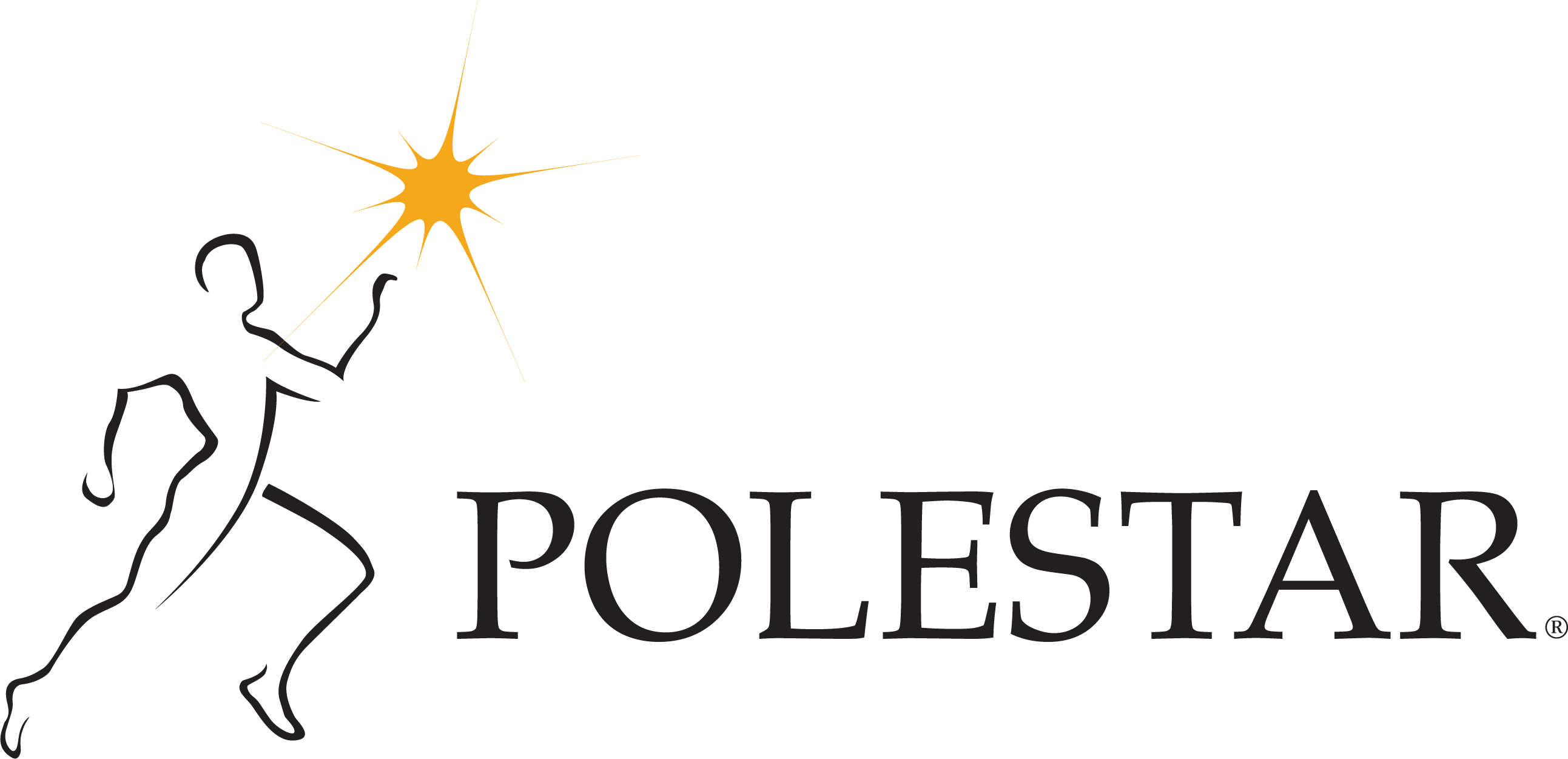 In this video, Dr. Brent Anderson describes a simple way to allow better movement through the facets during spinal articulation in a client with scoliosis.
Question:
In the Polestar curriculum there are correctional exercises and facilitation exercises; The corrective exercises take the scoliotic client to the reverse position of their curvature and either stretch or strengthen in these positions.
I’m wondering if I could get a more detailed description of how Brent would like me to describe the functional facilitation exercises i.e. a description of this classification of exercises and how they differ from the corrective exercises. Some appear to be corrective in nature while others move in the direction of the curve. Perhaps these exercises are performing Pilates exercises into rotation, extension and lateral flexion with good axial length, articulation and segmental control etc.
Answer:
To answer your great question, you are exactly right on the correctives. I typically think of these exercises having their greatest potential with children and adolescence. When we talk about functional facilitation would be like any non scoliotic spine, goals to establish axial elongation, segmental movement and motor control over the movements. However, with Scoliosis the orientation of the facets and vertebral planes are oriented differently and we need to facilitate the normal biomechanics by positioning the spinal segments in a more functional orientation based on the functional movement we anticipate in all planes.
This is a little different than the Schroth method in that they typically avoid lateral flexion and some rotation. When asked, they do this to avoid excessive movement through the transition joints of the scoliosis. I support this concept 100%. We should NOT move excessively through any joint. With non-scoliotic spines we also want to avoid doing too much lateral flexion, flexion, extension and rotation through a single hyper mobile segment.
If our objective is to avoid end of range by following our Polestar principles of movement in the spine: Axial Elongation and Spine Articulation (Distribution of Movement equals Distribution of Force) we should be safe to work with people in ranges and planes, where the objective is functional movement. I also believe that when we make the adjustments to get a functional alignment that the student feels the movement and after practice and can facilitate it easier and easier with less and less modifications.
In this video, Dr. Brent Anderson describes a simple way to allow better movement through the facets during spinal articulation in a client with scoliosis.
Question:
In the Polestar curriculum there are correctional exercises and facilitation exercises; The corrective exercises take the scoliotic client to the reverse position of their curvature and either stretch or strengthen in these positions.
I’m wondering if I could get a more detailed description of how Brent would like me to describe the functional facilitation exercises i.e. a description of this classification of exercises and how they differ from the corrective exercises. Some appear to be corrective in nature while others move in the direction of the curve. Perhaps these exercises are performing Pilates exercises into rotation, extension and lateral flexion with good axial length, articulation and segmental control etc.
Answer:
To answer your great question, you are exactly right on the correctives. I typically think of these exercises having their greatest potential with children and adolescence. When we talk about functional facilitation would be like any non scoliotic spine, goals to establish axial elongation, segmental movement and motor control over the movements. However, with Scoliosis the orientation of the facets and vertebral planes are oriented differently and we need to facilitate the normal biomechanics by positioning the spinal segments in a more functional orientation based on the functional movement we anticipate in all planes.
This is a little different than the Schroth method in that they typically avoid lateral flexion and some rotation. When asked, they do this to avoid excessive movement through the transition joints of the scoliosis. I support this concept 100%. We should NOT move excessively through any joint. With non-scoliotic spines we also want to avoid doing too much lateral flexion, flexion, extension and rotation through a single hyper mobile segment.
If our objective is to avoid end of range by following our Polestar principles of movement in the spine: Axial Elongation and Spine Articulation (Distribution of Movement equals Distribution of Force) we should be safe to work with people in ranges and planes, where the objective is functional movement. I also believe that when we make the adjustments to get a functional alignment that the student feels the movement and after practice and can facilitate it easier and easier with less and less modifications.
How do you accommodate clients with scoliosis? Are there any exercises you love to use, that facilitate better bio mechanics in a scoliotic spine?


Leave a Reply